Market Trends
Introduction
As we enter 2024, the Feed Antioxidants Market is experiencing significant transformation driven by a confluence of macro factors. Technological advancements in feed formulation and processing are enhancing the efficacy of antioxidants, while increasing regulatory pressures surrounding animal health and food safety are prompting stakeholders to adopt more stringent quality measures. Additionally, shifts in consumer behavior towards healthier and more sustainable food sources are influencing the demand for high-quality animal products, thereby elevating the importance of feed antioxidants in livestock nutrition. These trends are strategically important for stakeholders as they navigate a rapidly evolving landscape, necessitating a proactive approach to innovation and compliance to maintain competitive advantage.
Top Trends
-
Increased Demand for Natural Antioxidants
There is a growing preference for natural over synthetic antioxidants in animal feed, driven by consumer health consciousness. Industry leaders are responding by developing plant-based alternatives, with companies like BASF investing in R&D for natural solutions. According to recent surveys, 65% of livestock producers prefer natural additives, indicating a significant shift. This trend is expected to enhance product offerings and improve market competitiveness. -
Regulatory Support for Antioxidant Use
Governments are increasingly recognizing the importance of antioxidants in animal nutrition, leading to supportive regulations. For instance, the European Union has implemented guidelines that promote the use of safe feed additives. This regulatory environment encourages innovation among manufacturers, as compliance can enhance product credibility. Future developments may include stricter regulations that could further drive the demand for high-quality antioxidants. -
Focus on Animal Health and Welfare
The emphasis on animal health and welfare is reshaping the feed antioxidants market, with antioxidants playing a crucial role in enhancing immunity. Companies like Alltech are promoting antioxidants as essential for reducing stress in livestock. Research indicates that antioxidants can improve overall animal health by up to 30%. This trend is likely to lead to increased investment in health-focused feed formulations. -
Technological Advancements in Feed Production
Innovations in feed production technology are enhancing the efficacy of antioxidants, with companies like Cargill adopting advanced processing techniques. These technologies can improve the bioavailability of antioxidants, making them more effective. Data shows that improved processing can increase antioxidant potency by 20%. This trend is expected to drive operational efficiencies and reduce costs for manufacturers. -
Sustainability and Environmental Concerns
Sustainability is becoming a key driver in the feed antioxidants market, with a focus on reducing the environmental impact of livestock production. Companies are exploring eco-friendly sourcing of antioxidant ingredients, as seen with Kemin Industries' initiatives. Reports indicate that sustainable practices can reduce carbon footprints by up to 25%. This trend may lead to a shift in sourcing strategies and product formulations. -
Rising Popularity of Functional Feeds
Functional feeds that incorporate antioxidants are gaining traction, as they offer additional health benefits beyond basic nutrition. Industry leaders are formulating specialized feeds that target specific health issues, with a reported 40% increase in demand for such products. This trend is likely to drive innovation in product development and create new market segments focused on health-enhancing feeds. -
Integration of Probiotics with Antioxidants
The combination of probiotics and antioxidants in animal feed is emerging as a significant trend, enhancing gut health and overall performance. Companies like Royal DSM are leading research in this area, with studies showing that such combinations can improve feed efficiency by 15%. This trend is expected to foster collaborations between probiotic and antioxidant manufacturers, creating synergistic product offerings. -
Globalization of Feed Ingredients
The globalization of feed ingredient sourcing is influencing the availability and pricing of antioxidants, with companies like Archer Daniels Midland expanding their supply chains. This trend is driven by the need for cost-effective solutions, as global sourcing can reduce ingredient costs by up to 10%. Future developments may include increased competition among suppliers, impacting pricing strategies in the market. -
Consumer Awareness and Education
There is a growing consumer awareness regarding the benefits of antioxidants in animal feed, prompting companies to invest in educational campaigns. Research indicates that 70% of consumers are willing to pay more for products with added health benefits. This trend is likely to influence marketing strategies and product labeling, as companies seek to align with consumer preferences and enhance brand loyalty. -
Emerging Markets Driving Growth
Emerging markets are becoming key players in the feed antioxidants sector, with increasing livestock production and consumption. Countries in Asia-Pacific are witnessing a surge in demand, with reports indicating a 30% increase in feed consumption. This trend is prompting established companies to expand their operations in these regions, potentially leading to new partnerships and market opportunities.
Conclusion: Navigating the Feed Antioxidants Landscape
The Feed Antioxidants Market in 2024 is characterized by intense competitive dynamics and significant fragmentation, with both legacy and emerging players vying for market share. Regional trends indicate a growing demand for innovative solutions, particularly in North America and Europe, where sustainability and regulatory compliance are paramount. Vendors are strategically positioning themselves by leveraging advanced capabilities such as AI and automation to enhance product efficacy and operational efficiency. Additionally, flexibility in product offerings is becoming crucial as consumer preferences shift towards more sustainable and health-oriented solutions. As the market evolves, companies that prioritize these capabilities will likely emerge as leaders, effectively responding to the changing landscape and consumer demands.

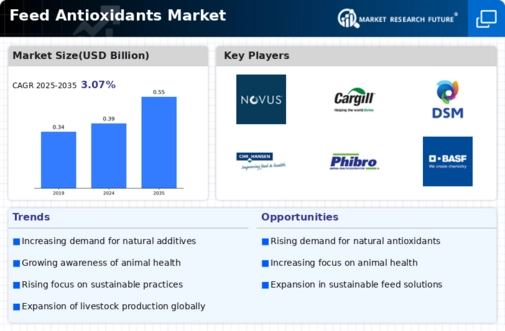
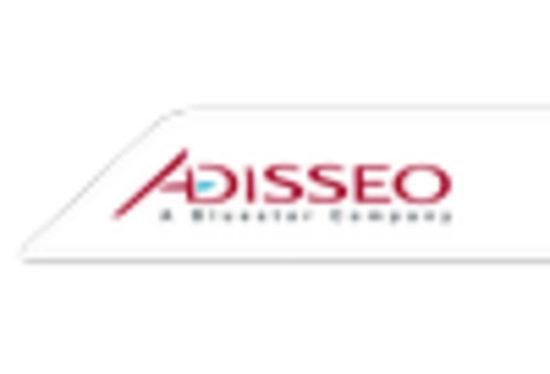
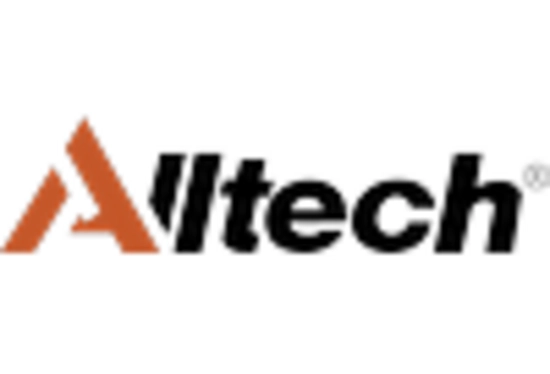

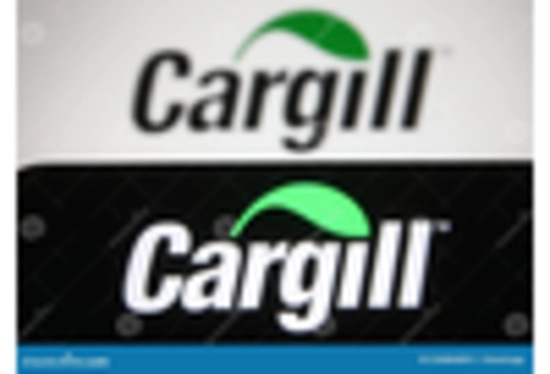
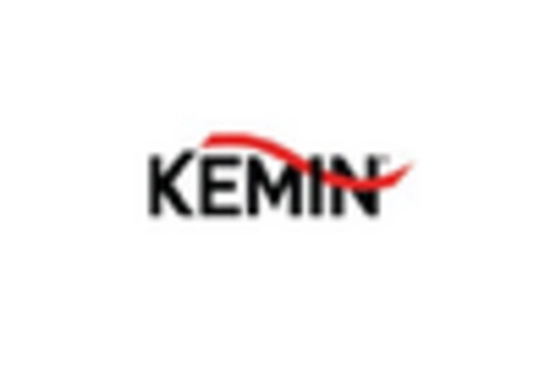
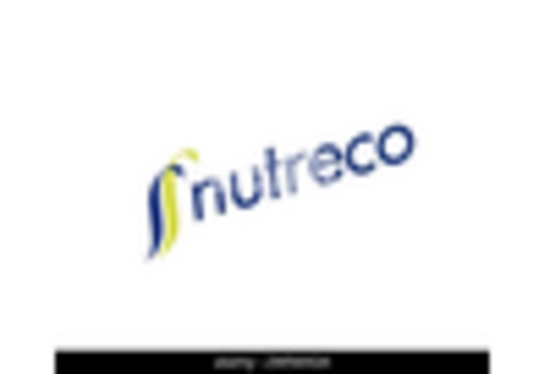









Leave a Comment